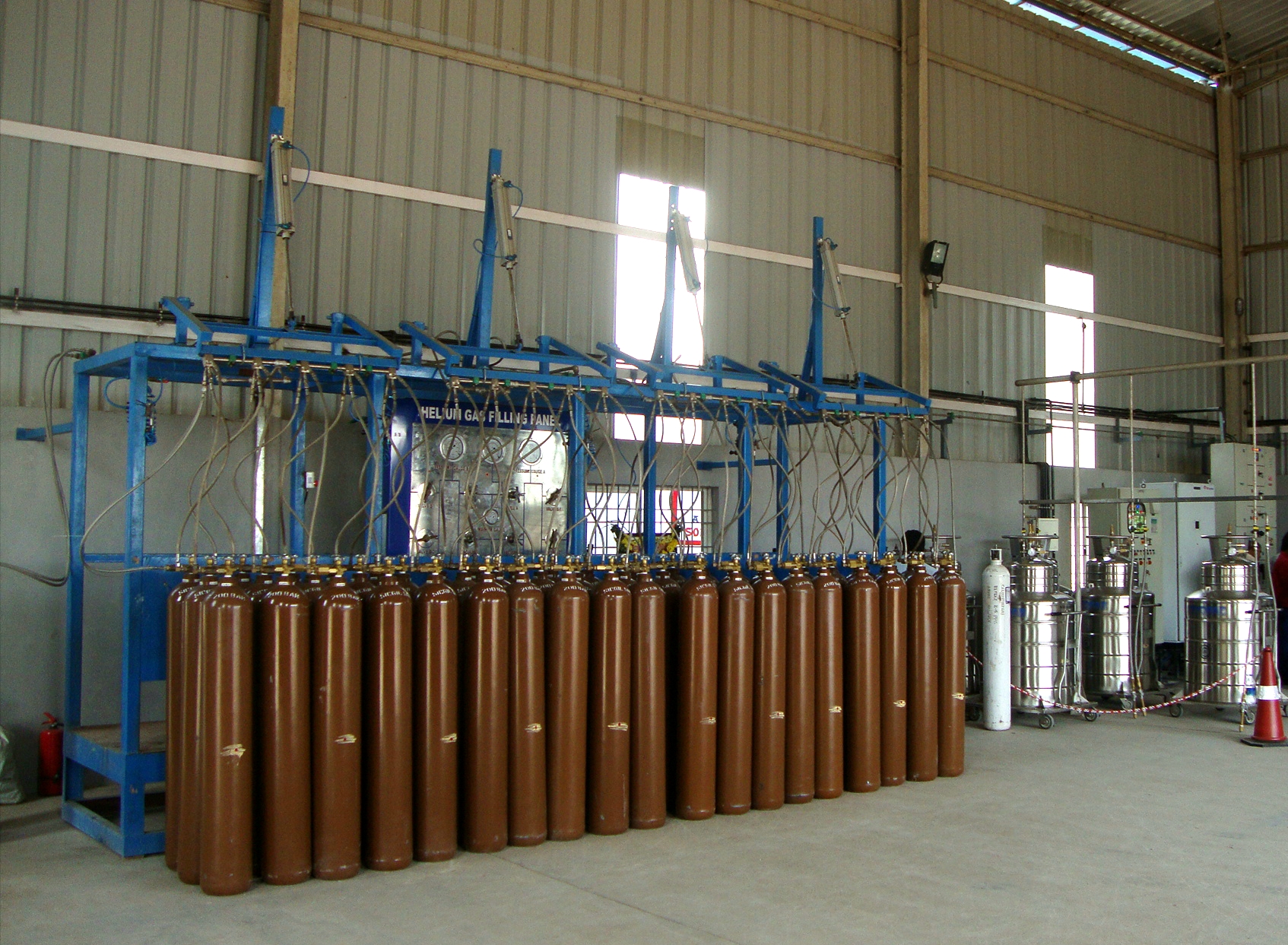Helium
Helium is one of the most common and lightest elements in the universe. It is called a noble gas because it doesn’t chemically interact with elements, and in its natural state, helium doesn’t have any smell, taste, or colour. Did you know the boiling point of helium is closer to absolute zero than that of any other element? This means liquid helium can provide the lowest operating temperatures of any refrigerant.
Helium gas is widely used throughout the world every day, becoming an important part of how many things run. But are you aware of what we use this interesting gas for? We all know that a popular use of this gas is for balloons, but there are also lots of other common uses.
Liquid helium is used in cryogenics (its largest single use, absorbing about a quarter of production), particularly in the cooling of superconducting magnets, with the main commercial application being in MRI scanners. Helium's other industrial uses—as a pressurizing and purge gas, as a protective atmosphere for arc welding and in processes such as growing crystals to make silicon wafers—account for half of the gas produced.

A well-known but minor use is as a lifting gas in balloons and airships. As with any gas whose density differs from that of air, inhaling a small volume of helium temporarily changes the timbre and quality of the human voice. In scientific research, the behaviour of the two fluid phases of helium is important to researchers studying quantum mechanics (in particular the property of superfluidity) and to those looking at the phenomena, such as superconductivity, produced in matter near absolute zero.
Consumers with small volume requirements are usually catered to through the packaged distribution mode, where compressed gas is sold in metal cylinders. These cylinders are often delivered to the customer's facilities on-demand or can be bought by the consumer. Usual Mode of distribution are:
- Cylinders
- Bundles
- Dewars
- ISO Tanks
Applications
- Oil refining
- Carpentry
- Major building sites
- Aeronautical production
- Nonferrous metal working
- Shipyards
- Aluminium working
- Tool working
- Stainless steel working
- Carbon steel working
- Automotive
